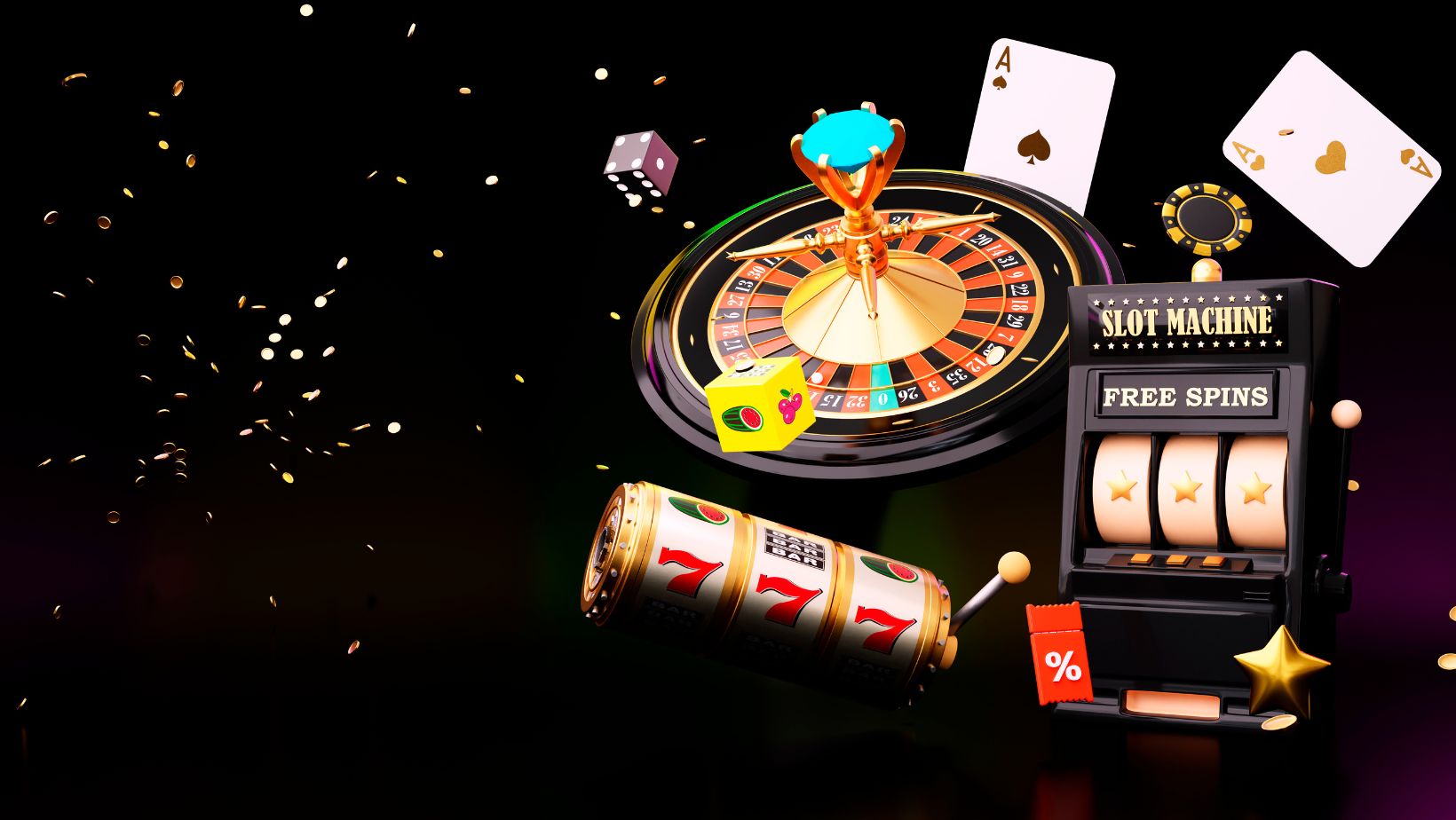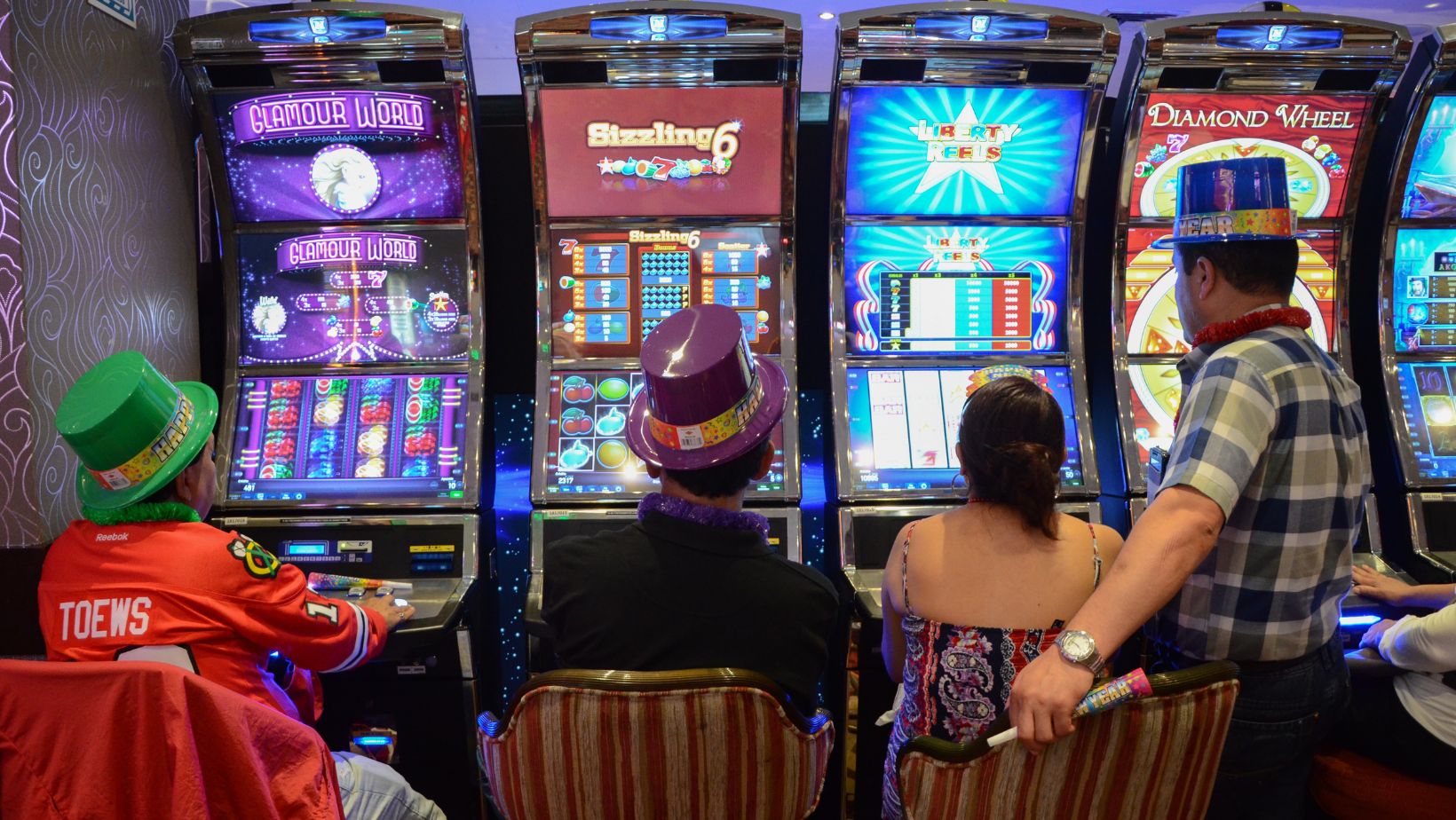Slot machines have been popular for a long time. They mix chance with fun. When people think about machines like Dragon Slots, they usually think of the symbols, sounds, and themes. But there’s something else that matters a lot: reel speed.
The speed of the reels affects how players see the game and how much they enjoy it. This is key to understanding how slot machines are made to keep players interested and coming back.
Slower Reels Build Anticipation
Slot machines use anticipation to keep players interested. When the reels spin slowly, it makes the game feel more exciting. The slow speed stretches out the moment before the outcome. This keeps players watching, eager to see what happens next.
This slower speed also creates a “near-miss” effect. If the reels stop just before a win, players feel frustrated. This frustration often makes them want to try again. The near-miss can be addictive. It makes players feel like they’re close to winning, so they keep playing. The slow reel speed helps build anticipation and keeps players engaged for longer.
Faster Reels Increase the Pace of Action
Faster reel speeds give a quicker gaming experience. The reels spin fast and show results almost instantly. This quick pace creates urgency and excitement. It appeals to players who like fast action.
Faster spins keep the game feeling dynamic. Players can spin many times in a short period. This is great for digital slots, where players want quick thrills. The quick results make players feel like they’re achieving something. They get frequent feedback in a short time.
With faster spins, players have less time to focus on the result. This helps avoid frustration with losses. The result comes quickly and is forgotten fast. Players who like speed and instant rewards may enjoy faster reel speeds more. The action moves fast, keeping them engaged.
The Perfect Balance Keeps the Player Engaged
What’s the best reel speed to keep players interested? There’s no one-size-fits-all answer. Slot machines mix slow and fast speeds to create a balanced experience. When they end up changing the speed, designers keep players engaged and stop the game from getting boring.
A game might start slow to build suspense. Then, as the reels near a stop, the speed picks up. This makes players feel like the result is building toward something big. When the reels stop quickly, they give fast feedback, either meeting or breaking the player’s expectations.
Some modern slots even change speed during bonus rounds or special features. These speed changes keep players alert and add variety to the experience. When adjusting the speed, the game creates different emotional highs and lows, making it more exciting.
Player Perception Affects Timing
The speed of a slot machine’s reels affects how players feel about their chances of winning. When the reels spin slowly, players often think they are close to winning, especially if the symbols almost line up. This feeling of “almost winning” makes players want to keep playing.
The way the reels slow down before stopping also adds to the player’s excitement. If the reels slow down just before stopping, it creates more suspense. The brain reacts to this suspense, expecting something exciting to happen. This emotional buildup helps keep players interested in the game.

If the reel speed stayed the same, players might get bored faster. There wouldn’t be enough suspense to keep them engaged. Changing the speed lets designers control when the player experiences exciting moments. This ends up keeping the thrill alive throughout the game.
The Role of Reel Speed in Slot Volatility
Slot volatility is the level of risk in a slot machine. It affects how often and how much you can win. Reel speed can change how volatile the game feels. Slow spins can make the game seem riskier. The longer the wait, the bigger the potential win may feel. This builds excitement before the result appears.
Faster spins, however, can make the game feel less risky. Quick outcomes show more results in a short time. This reduces the emotional ups and downs that come with waiting. Players may feel the game is more balanced or less risky when it moves quickly. Some players prefer fast results.
Game designers can control the game’s perceived volatility by adjusting reel speed. Slow speeds can make the game feel like it has high risks but big rewards. Faster speeds make the game feel lighter and quicker. When they balance these speeds, designers can make the game enjoyable for different types of players.
How Reel Speed Affects Player Focus
Reel speed affects a player’s focus. Slow spins give players more time to think and process. They can watch each reel closely and predict which symbols will appear. This keeps them engaged and emotionally invested.
Faster spins work differently. They can make players lose track of time. With faster speeds, players focus less on the symbols and more on the overall experience. The game becomes more about quick reactions than thinking.
Slot designers adjust reel speed to control focus. Slower spins are good for players who like to analyze and plan. Faster spins keep the game exciting and fast-paced. The right speed balance keeps players engaged, no matter how fast the reels turn.
Reel Speed and Reward Perception
The speed of slot reels affects how players feel about their rewards. Slow spins build anticipation. When the reels stop, the reward feels bigger or more exciting. Players have time to think about the outcome. This makes hitting a jackpot or winning feel more emotional.
Faster spins give less time to reflect. The quick result may make wins feel smaller. It’s harder to feel the same excitement with fast spins. The reward doesn’t seem as big.
Game developers use reel speed to change how players value rewards. Slow spins can make small wins feel big. Fast spins can make wins feel less exciting. The speed sets the mood of the game and affects how satisfied players feel.
Reel Speed’s Effect on Player Patience
The speed of slot reels affects how patient players are. Slow spins make players feel like they’re working towards something big. This encourages them to wait longer between spins. The slower pace builds excitement as players anticipate the outcome. It makes the moment when the reels stop feel more exciting.

Faster reel speeds attract players who want quick results. The faster the game, the less patience is needed. Players see results almost instantly. This is good for players who like fast action and don’t want to wait.
Slot game designers use reel speed to appeal to different types of players. Some prefer slow spins with more anticipation. Others like fast spins for quick results. This way, designers keep both kinds of players entertained.
The Illusion of Control
Reel speed can influence how much control players feel over the game. When reels spin slowly, it feels like players have more control over the outcome. They may think they are influencing the result, even though the game is random. Slow spins give players more time to watch the symbols, which ends up making them feel they have some say in whether they win or lose.
Faster spins change this. The quick results leave little room for players to feel in control. Instead, they react almost immediately to the outcome. The fast pace can make the game feel more random, with less time to think about what’s happening.
Adjusting the reel speed allows designers to create the illusion of control. Slow spins help players feel more engaged as if they have a role in the result. Faster spins create a more distant experience where results happen quickly, and players don’t dwell on the outcome.
What Does Emotional Response Do?
The speed of the reels affects how players feel. Slow spins build tension and excitement. Players have more time to guess the outcome. This slow process makes the game feel more suspenseful. It can make a big win feel amazing, and a loss feels stronger.
Fast spins give a different feeling. The game moves quickly, and the excitement is over fast. Players may feel a brief thrill when they see a possible win, but it doesn’t last long. The quick pace makes the moment feel less intense.
Reel speed is important for keeping players interested. Some like the slow buildup of tension, while others prefer the fast-paced excitement. The speed affects how players feel throughout the game.
Slot Game Customization With Reel Speed
Many slot machines today let players choose how fast the reels spin. Some offer slow, medium, or fast speeds. This gives players the freedom to pick the speed that fits their style. Some like slow spins for anticipation, while others prefer fast spins for excitement.
Customizing reel speed also makes players feel more in control. If someone wants a calm game, they can pick slow spins. If they want quick action, they can choose fast spins. This choice makes players more satisfied because they can change the game to match their mood.
With different speed options, slot machines can attract more players. Whether someone wants to play slowly or quickly, the ability to choose reel speed makes the game enjoyable for everyone.
Speed and Player Engagement is a Psychological Approach
The speed of the reels affects how our brain processes the game. Slower speeds give players more time to think about the result. This makes each spin feel more important. Faster spins, on the other hand, give quick rewards and keep the game moving.
Reel speed also changes the rhythm of the game. Players who play for longer may enjoy slower speeds for a more relaxed feel. Faster speeds can make the game feel exciting and prevent it from getting boring. The game is designed to match different player preferences and keep the experience fun.
Final Thoughts on Reel Speed
The speed of slot reels is not just a technical detail. It plays a big role in the game’s overall experience. Game designers use reel speed to influence how players feel about the game and keep them interested. Whether slow or fast, reel speed is carefully set to keep players engaged and excited.
Reel speed is not just about luck. It’s part of the experience, designed to create feelings of anticipation, excitement, and satisfaction. All of this happens because of how the reels spin.



